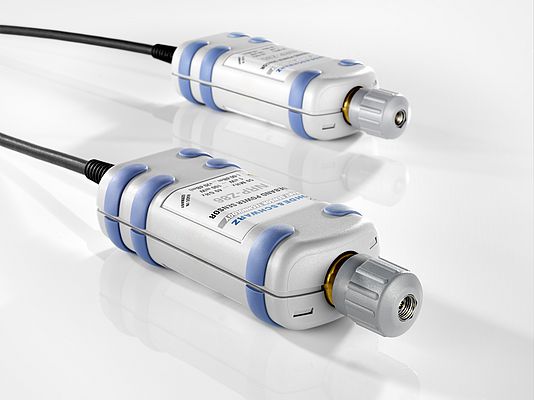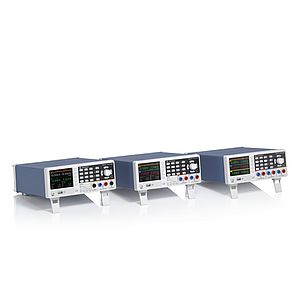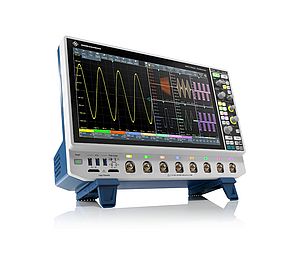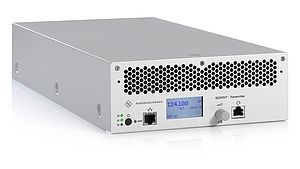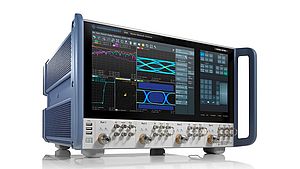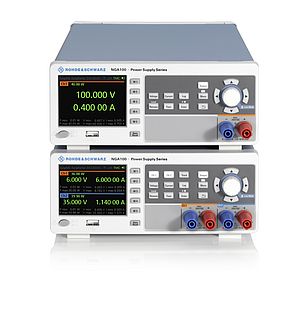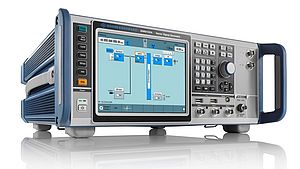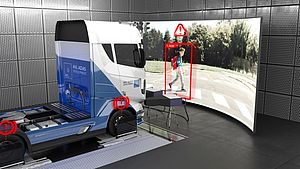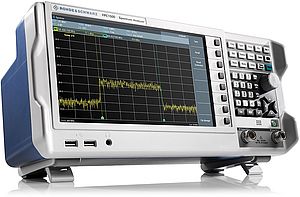Measuring power from 50 MHz to 40 GHz without requiring a base unit, the NRP Z85 and Z86 USB-capable power sensors from Rohde & Schwarz display envelope power over a dynamic range of 47 dBm to +20 dBm. Offering high-resolution pulse analysis, they provide high-precision continuous-average measurements over the entire dynamic range from 60 dBm to +20 dBm. These performance characteristics make the sensors ideal for a variety of applications in the development and maintenance of microwave and radar systems as well as in the design and production of microwave components. The wideband power sensors can be operated from a PC via the company’s NRP Z4 USB adapter, or in combination with an NRP/NRP2 power meter. They can also be connected to any signal generator or virtually any signal, spectrum and network analyzer from the company. Users can read the power measured from the DUT directly at the generator or analyzer. A complete measurement solution comprising an NRP Z85 or Z86 and an NRP Z4 USB adapter is significantly more cost-effective than a conventional setup involving a power sensor and a power meter. With a video bandwidth of up to 30 MHz and a sampling rate of 80 MHz, the NRP Z85 and Z86 are highly suitable for analyzing the time characteristics of modulated signals. The rise time of <13 ns enables easy measurement of the most frequently analyzed pulse shapes. With a measurement uncertainty of 0.18 dB at 40 GHz, the sensors offer high accuracy for continuous-average measurements. In addition to performing statistical signal analysis (CCDF, PDF), the power sensors features an automatic pulse analysis function, which provides peak power and average power measurements, over a defined interval, as well as detailed information on other important power and time characteristics of pulsed signals. These include, for example, pulse top level, pulse duration, pulse period, pulse duty cycle and pulse rise and fall times. Using equivalent time sampling, the R&S NRP Z85 and Z86 can display pulsed signals with a very high time resolution. This is done by sampling a series of consecutive waveforms of a pulsed signal. The measurements are time-shifted relative to one another, yielding a compacted sequence of samples, which over time are combined into a complete waveform.
Edited by: Teoman Tugsuz


